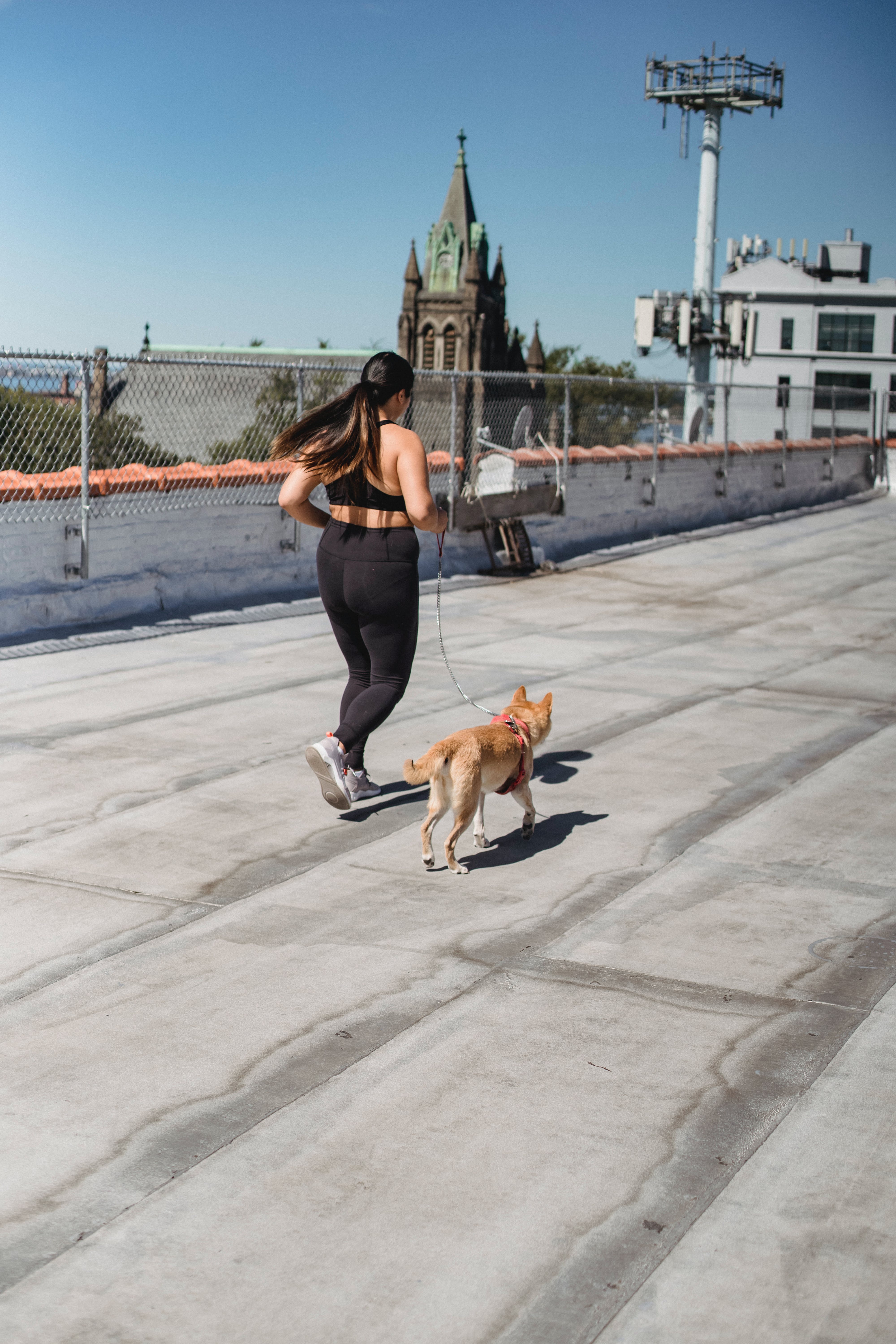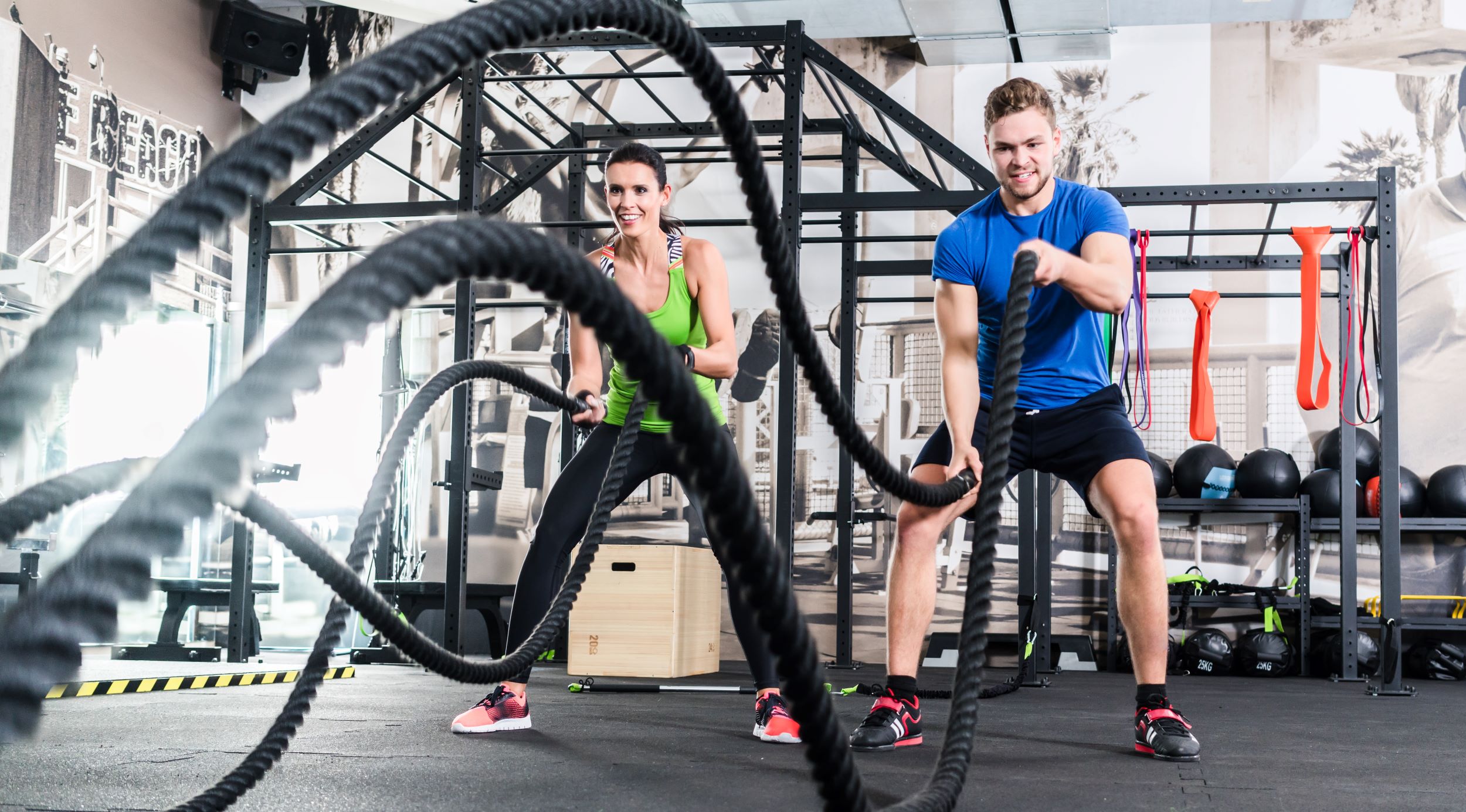As the landscape of fitness evolves, the practice of indoor running has emerged as a revolutionary approach to maintaining an active lifestyle from the comfort of your own home. It’s a perfect solution for those days when the weather is uncooperative, schedules are tight, or you’re simply seeking the convenience of a home workout. Indoor running can be as effective as its outdoor counterpart, providing you know how to do running exercise at home correctly.
To embark on this journey, you don’t need much—just a small open space and the determination to push your limits. Whether you’re jogging in place, utilizing a treadmill, or following a high-intensity interval training (HIIT) routine that mimics running, there are endless possibilities to tailor your workout to your preferences and fitness goals.
If you’re intrigued by the prospect of transforming your fitness routine with indoor running, Visit our website to learn more and get started today! Click here. We’ll guide you through the nitty-gritty of setting up your space and crafting a workout that energizes, challenges, and excites you—because at Run Just For Fun, we believe that every step indoors can be as exhilarating as the great outdoors.
Essential Gear for Home Running Exercises
.jpg)
Embarking on a home running routine doesn’t require a lot of equipment, but having the right gear can elevate your experience and enhance your performance. Essential items include a pair of supportive sneakers designed for indoor use to cushion and protect your feet during high-impact exercises. Additionally, consider investing in sweat-wicking clothing to help manage perspiration and maintain comfort throughout your workout.
Other gear that can contribute to a successful indoor run includes a thick yoga mat or interlocking foam tiles to provide a stable, shock-absorbing surface, especially if you’re running in place or doing HIIT. A water bottle should always be at arm’s reach to keep you hydrated, and a smartwatch or fitness tracker can be invaluable for monitoring your heart rate, tracking calories burned, and keeping an eye on your progress.
Lastly, if you’re utilizing a treadmill, ensure it’s well-maintained and positioned in an area with adequate space and ventilation. With these essentials in hand, you’re well-equipped to tackle your home running exercises and take strides towards achieving your fitness goals.
Designing Your Indoor Running Space for Maximum Efficiency
Creating an inviting and functional indoor running space is pivotal for maintaining motivation and ensuring the effectiveness of your workouts. Begin by selecting an area with enough room for you to move freely without constraints; this could be a spare room or a section of your living space. Optimal lighting is crucial—natural light is ideal, but if that’s not available, ensure bright and energizing artificial lighting.
Clear the area of any clutter to prevent distractions and potential accidents. Consider adding a full-length mirror to monitor your form and technique, which is essential for preventing injuries and enhancing performance. Soundproofing materials can also be beneficial, not just for your concentration but to minimize disturbance to others in your household or neighbors if you live in an apartment.
For those using a treadmill, position it so you have a view—facing a television or window can make the time pass more quickly. If you’re running in place or utilizing a compact indoor running machine, a fan or an air conditioner is advisable to maintain a cool environment. To further personalize your space, add elements that inspire you, such as motivational posters, plants, or a vision board. These touches not only make the space aesthetically pleasing but also serve as reminders of your fitness journey and goals.
By thoughtfully designing your indoor running space, you’ll create a sanctuary that supports both your physical and mental well-being, making your home workouts a delightful part of your daily routine.
Dynamic Running Drills to Enhance Your Home Workout

Integrating dynamic running drills into your home workout can drastically improve your agility, strength, and endurance. These drills are designed to mimic the natural movements of running while engaging various muscle groups, making them an excellent addition to your indoor routine.
Start with high knees, which involve lifting your knees to waist height at a quick pace. This exercise increases heart rate and warms up the hip flexors. Butt kicks, where you aim to kick your heels up to touch your buttocks, are another fantastic drill to activate your hamstrings.
For agility and quick foot turnover, try the ladder drill. If you don’t have an actual ladder, you can use tape to create a ladder pattern on your floor. The objective is to quickly tap your feet in and out of the squares in various patterns. Skips for height are also valuable, as they help develop power in the legs. Focus on driving yourself upwards with each skip, using your arms for momentum.
Don’t overlook the importance of sideways shuffles and carioca drills, which involve moving side-to-side and crossing your legs both in front and behind. These movements are excellent for working the often-neglected lateral muscles.
Incorporating these dynamic running drills into your home workouts will not only break up the monotony of running in place but will also provide a full-body workout that enhances your outdoor running capabilities. Be sure to perform each exercise with proper form to maximize benefits and reduce the risk of injury.
Overcoming Common Indoor Running Challenges
Running indoors presents its own set of challenges, but with the right strategies, these can be easily overcome, ensuring your home workouts remain effective and engaging. One common issue is the lack of space, which can be addressed by rearranging furniture to create a designated workout area or by mapping out a circuit within your home that allows for unobstructed running.
Air quality is another concern when running inside. Ensure good ventilation by opening windows or using an air purifier to keep the air fresh and reduce the risk of fatigue caused by poor oxygen levels. The monotony of indoor running can also be a mental hurdle. To combat this, listen to upbeat music, podcasts, or audiobooks to keep your mind engaged and make time fly.
Running on a hard surface is also a challenge when indoors. Invest in a good-quality yoga mat or interlocking foam tiles to provide cushioning and reduce the impact on your joints. Additionally, maintaining motivation without the changing scenery of outdoor running requires setting clear goals and tracking progress. Use a fitness tracker or app to monitor your workouts and celebrate milestones.
Limited access to equipment shouldn’t deter you from a robust workout. Utilize bodyweight exercises or improvised weights, like water bottles or books, to add resistance and variety to your running drills. Lastly, combat the potential for repetitive strain injuries by warming up thoroughly and incorporating strength and flexibility exercises into your routine.
Remember, every challenge is an opportunity for creativity and growth in your fitness journey. By adapting to the environment and employing these strategies, indoor running can become a powerful component of your workout regimen.
Tracking Progress and Staying Motivated Without the Open Road

Visit our website to learn more and get started today! Click here.
Without the ever-changing landscapes and milestones that the open road provides, keeping track of your indoor running progress and maintaining motivation can be a challenge. However, with the right approach, you can continue to push forward and see tangible results. Keeping a running diary or using a digital app to log your daily distances, times, and how you felt during each session can offer a comprehensive view of your progression.
Setting achievable short-term goals and celebrating them once accomplished will create a sense of achievement and encouragement. Break down your long-term fitness targets into weekly or monthly objectives. Whether it’s increasing your pace, extending your running time, or incorporating more complex workouts, these small victories can provide continuous motivation.
Moreover, virtual running challenges and online fitness communities can offer the camaraderie and competitive spirit found in outdoor running events. Joining these groups allows you to connect with like-minded individuals and share experiences, tips, and encouragement. And don’t forget to reward yourself for meeting goals. Treat yourself to new running gear, a massage, or a special meal as a way to celebrate your hard work and commitment.
Lastly, visual reminders of your goals can serve as powerful motivators. Hang up your race bibs, create a vision board, or keep your running shoes in plain sight to remind you of your fitness journey. These cues can help reinforce your running routine and keep you driven towards your personal best.


